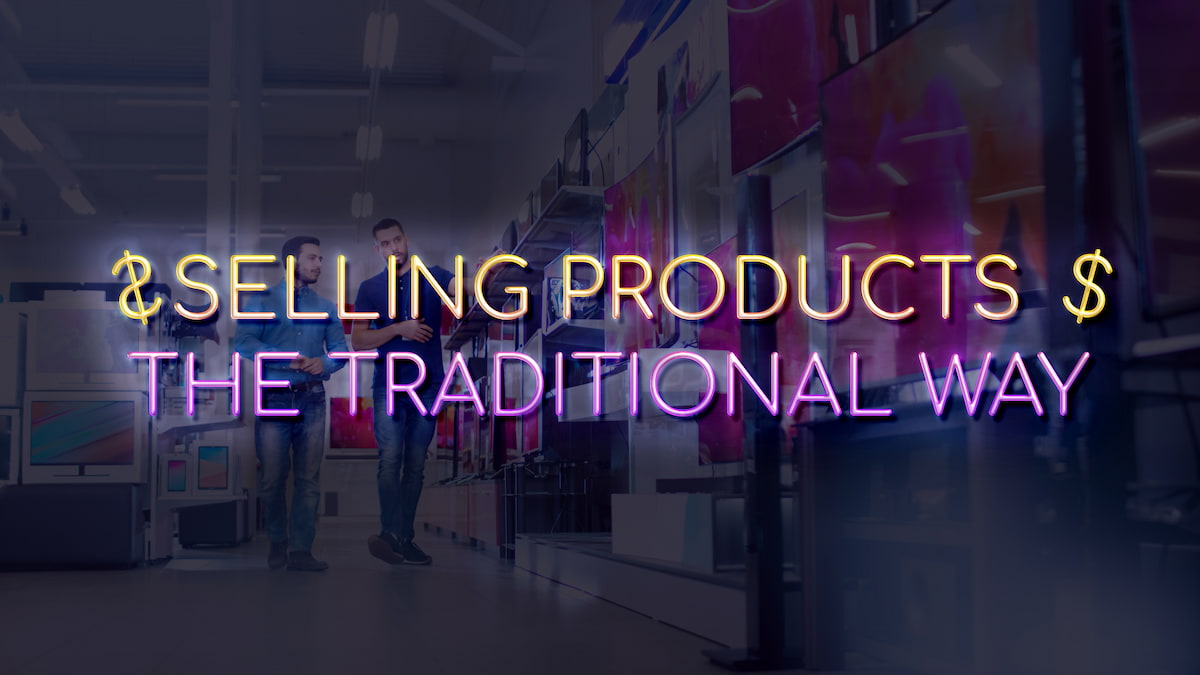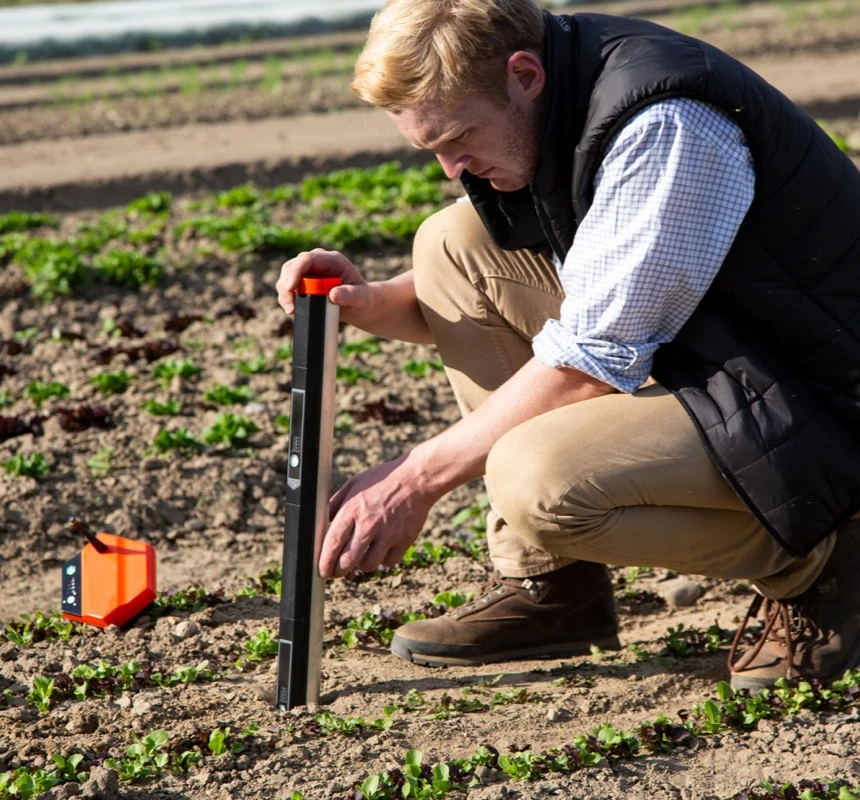Business Models for IoT Startups: Augmenting Physical Product Sales

Selling physical products: the business model of our forefathers.
As much as many Gen Z's would beg to differ, older generations still think digital goods are not as valuable as physical things. As a hardware startup, you have the unique advantage of always having a physical product on offer. So as long as your software layer isn't adding too much to your running costs, you could always go the old-fashioned way of bringing in revenue from product sales. This approach is especially fitting if you're marketing your product to older generations, have considerably high manufacturing risks, or if your product doesn't need to connect to the internet.
With that said, there are ways to generate additional revenue from product sales alone or in combination with another business model:
Selling Add-ons and Accessories
.jpg?width=1200&name=shutterstock_1774262375%20(1).jpg)
This one is also called razors and blades
If you can add functionality or aesthetic elements to your product through add-ons, this could be a good way to go. This approach is especially fit for wearables as these products demand more customization than others. Alternatively, if modularity is something you can achieve with your product (Google Ara was definitely going for this), you can sell additional features like enhanced connectivity, sensor, and battery life. Before you choose this strategy, you should make sure you can deliver the desired functionality without the need for add-ons in the beginning, focus your resources on launching your main product first, and then start staging add-ons once you have a sizeable customer base. An exception to this is products that consume material to fulfill a need, which you may need to manufacture on par with the main product.
In terms of manufacturing, we suggest you go back to your QC sheets to see if everything is being manufactured according to the design first. If the add-on product is put in/on the main product, deviations from the original design (especially casing) may cause fitting issues.
Selling additional products as a part of a platform
.jpg?width=800&name=shutterstock_1730923651%20(1).jpg)
Connected farms?
Many-to-one approach: If you can deliver added value through having one than one product owned by a single user or a household, this approach can go a long way. One of our successful customers, Emlid, sells GNSS RTK receivers, widely used in surveying applications. Users are able to create a node network with multiple Emlid devices, allowing them to survey large batches of land up to one-centimeter accuracy. Another example of this is Teralytic, which sells smart soil sensors. Users are able to pair multiple sensor probes across a farm, which in return aggregates soil data across the land. If your product is in the field of engineering, wearables, or sensor data generation of any kind, focusing on selling more than one product to the same customer, or selling multiple products in one go can make a huge positive impact on your sales targets.
Selling as a part of another product
.jpg?width=800&name=shutterstock_1727474014%20(1).jpg)
That's a business idea right there
You don't always need to go the whole distance on your own. A partner who is already close to your customers could also help you take your product to market. This doesn't necessarily mean you will become a B2B business. In order to keep the unique appeal of your product and brand, you should still target your customers directly, instead of relying completely on the partner's brand. Going to market with someone else can help you many problems in distribution, and also make your sales more smooth as long as you work with a well-known brand in your ecosystem. The risk involved in this model is your companion realising that they can make the same product themselves for cheaper. Therefore you should keep your margins humble, and your UX strong if you want to succeed this way.
Bonus: Selling Installation Services

Our awesome customer Teralytic does this
This one is especially relevant if you're in industrial IoT. Some products naturally come with more complex installation procedures. Although you should make it as clear as possible and allow the user to install the product in the first place, you can also offer installation services to those who don't have the time or expertise to figure things out on their own.
In Conclusion
Although revenues from IoT solutions are rapidy moving to the software-side, there are products that can still benefit from more traditional sales models. As long as you plan ahead for the costs involved, there's nothing stopping you from piloting different business models early on. If you want to know more, you can always give us a call for a free fireside chat.
Posted by Orkun Z. Ozturk

Orkun is the Marketing Manager at NexPCB. He's been living in China for almost 10 years. His passion lies in new and emerging technologies. You can contact him over LinkedIn for blog collaborations.
